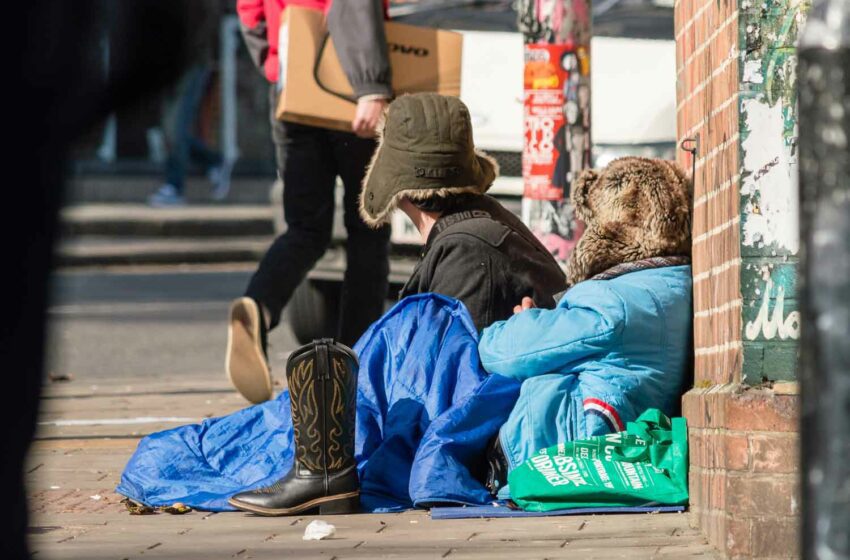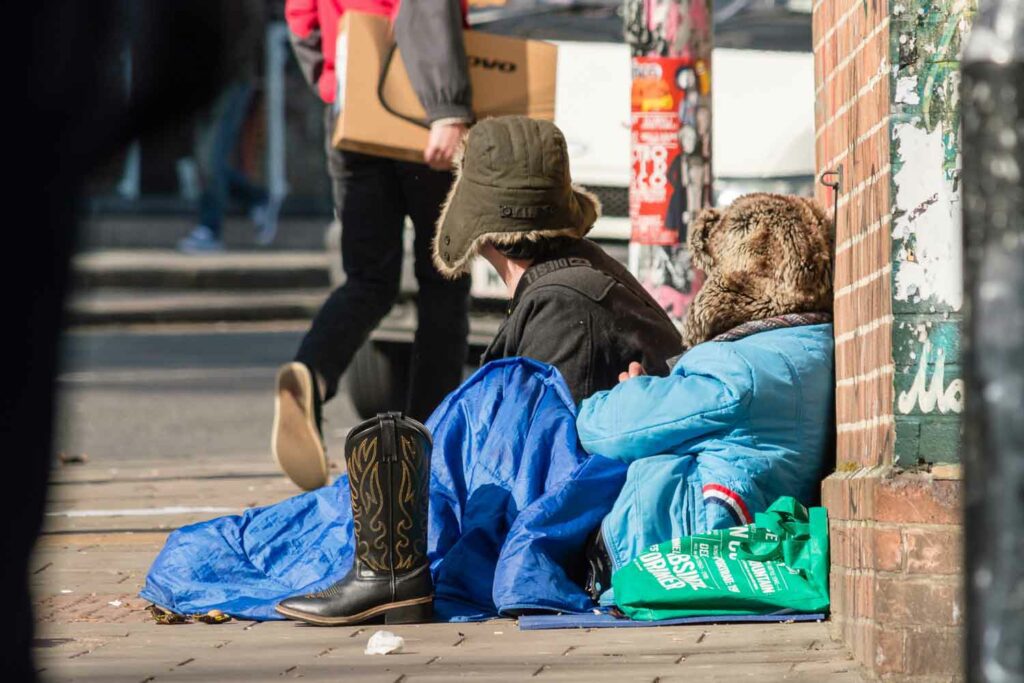Briefing Explores THR for the Homeless
- Featured Harm Reduction News This Week
- December 11, 2023
- 0
- 3 minutes read


A new briefing paper from the Global State of Tobacco Harm Reduction (GSTHR), a project from U.K.-based public health agency Knowledge Action Change (KAC), examines the significant potential of the approach to help people experiencing homelessness.
Surveys consistently estimate that between 76 and 85 percent of U.K. homeless people smoke—six or seven times the smoking prevalence seen in the general population, which is now at an historic low of 12.9 percent. On average, U.K. homeless men die at 44 years of age, compared to 76 in the general population and homeless women at 42 years, compared to 81 in the overall population.
Tobacco harm reduction helps people quit smoking by giving them the choice to switch to safer nicotine products. A 2019 study found that at least two thirds of rough sleepers who smoked would be willing to switch to vaping if a device was freely available, and would take up smoking cessation support offered at their homelessness service.
Tobacco harm reduction initiatives developed in London, Manchester and Edinburgh included the provision of free vape starter kits to homeless people. As well as the longer term health improvements offered by switching, the leaders of those projects also noticed more immediate benefits; Covid-19 infection risks associated with sharing or smoking discarded cigarettes were reduced, along with the risk of eviction by breaking no smoking policies, and the risk of breaking lockdown to go out and purchase—or look for discarded—cigarettes.
“Homeless populations have long been disproportionately impacted by smoking, and therefore stand to gain enormously from effective and pragmatic harm reduction routes to quitting tobacco,” said KAC Director David MacKintosh in a statement.
“The sustainability of this type of intervention must be approached carefully, but there is real potential here and it should be explored. On average, homeless people in the U.K. live half a life compared to the general population. Reducing their high rates of smoking is one way to start addressing this tragedy.”
